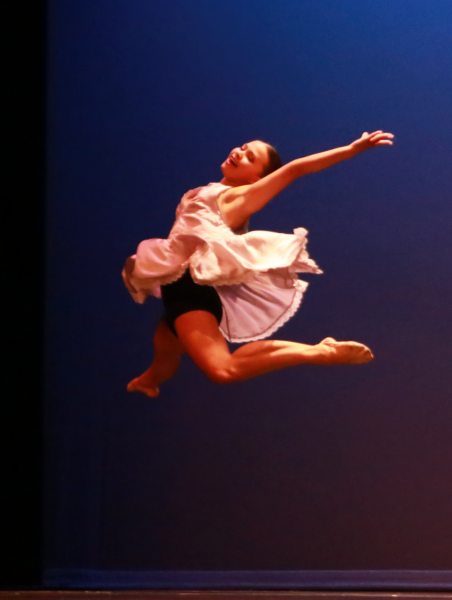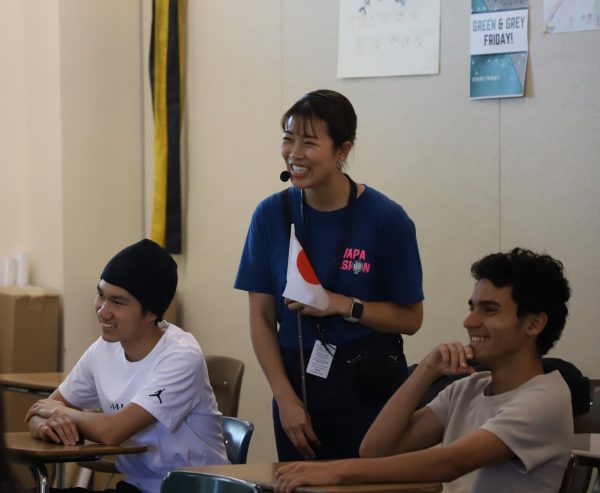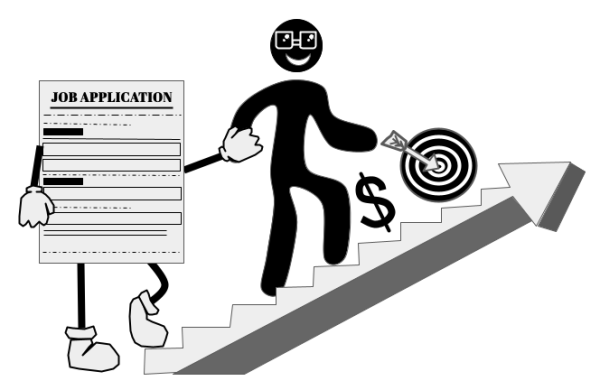Alarming anxiety rates rise in teenagers
High school students deal with a lot of stress; getting assignments done on time, studying for tests, and getting good grades.
Some stress is normal and beneficial. For example, stressing over a test can be good if it motivates the student to study harder. There is a line between just a little stress, and being diagnosed with an anxiety disorder.
According to apa.org, anxiety is defined as “an emotion characterized by feelings of tension, worried thoughts, and physical changes like increased blood pressure”.
People can often confuse stress with anxiety, however there is a difference when testing for an anxiety disorder or just overwhelmed with stress. According to San Diego therapist Andrea Seldomridge, “When we think about screening students for anxiety, we think about how much that stress impacts you. If you can’t sleep, can’t eat, and it negatively impacts grades and friendships, that’s when we think it’s more than stress”.
According to the U.S. Preventive Services “The USPSTF recommends screening for anxiety in children and adolescents aged 8 to 18 years”.
The Diagnostic and Statistical Manual of Mental Disorders (DSM-5) is “the handbook used by healthcare professionals in the United States and much of the world as the authoritative guide to the diagnosis of mental disorders’ ‘. It states that there are approximately 11 anxiety disorders; seven of them are most commonly seen in children ages 12 to 17.
Social Anxiety Disorder (SAD) is the most common anxiety disorder in high school students. It affects every 1 in 3 teenagers. SAD also affects the most adults across the United States, which is about 19 million people.
About 31.9% of high school students suffer from Generalized Anxiety Disorder (GAD), making it the second most common anxiety disorder seen in adolescents. When GAD is seen in children, it often stems from family and/or worrying about performance at school according to the National Library of Medicine.
Anxiety and panic attacks stem from Panic Disorder (PD) which has similar symptoms to GAD. Panic disorder is when someone feels physical pain, shortness of breath, and intense fear. These panic attacks occur at random times making it difficult in their everyday lives according to the Mayo Clinic.
Stressing over homework and tests is normal, everyone does, but at a certain point it’s beyond just stress. If someone is worried it could be more than just some stress that comes with being a high school student, screening for anxiety can be done by going to a primary care physician or pediatrician, as well as a therapist.
Before making an appointment with a primary care physician, there is a website by Kaiser Permanente; kaiserpermanente.org/health-wellness/health-encyclopedia/he.self-test-for-anxiety , this is called the GAD-7 which means it is a test for Generalized Anxiety Disorder through a set of seven questions. Screening for anxiety helps identify the disorder and help people get treatment early on to get help and support.
“The average high school kid today has the same level of anxiety as the average psychiatric patient in the early 1950s” according to apa.org. With the stress of school and how competitive it can be, anxiety rates in teenagers are rising fast. Since the coronavirus in 2020, anxiety levels in high school students grew 25%.






